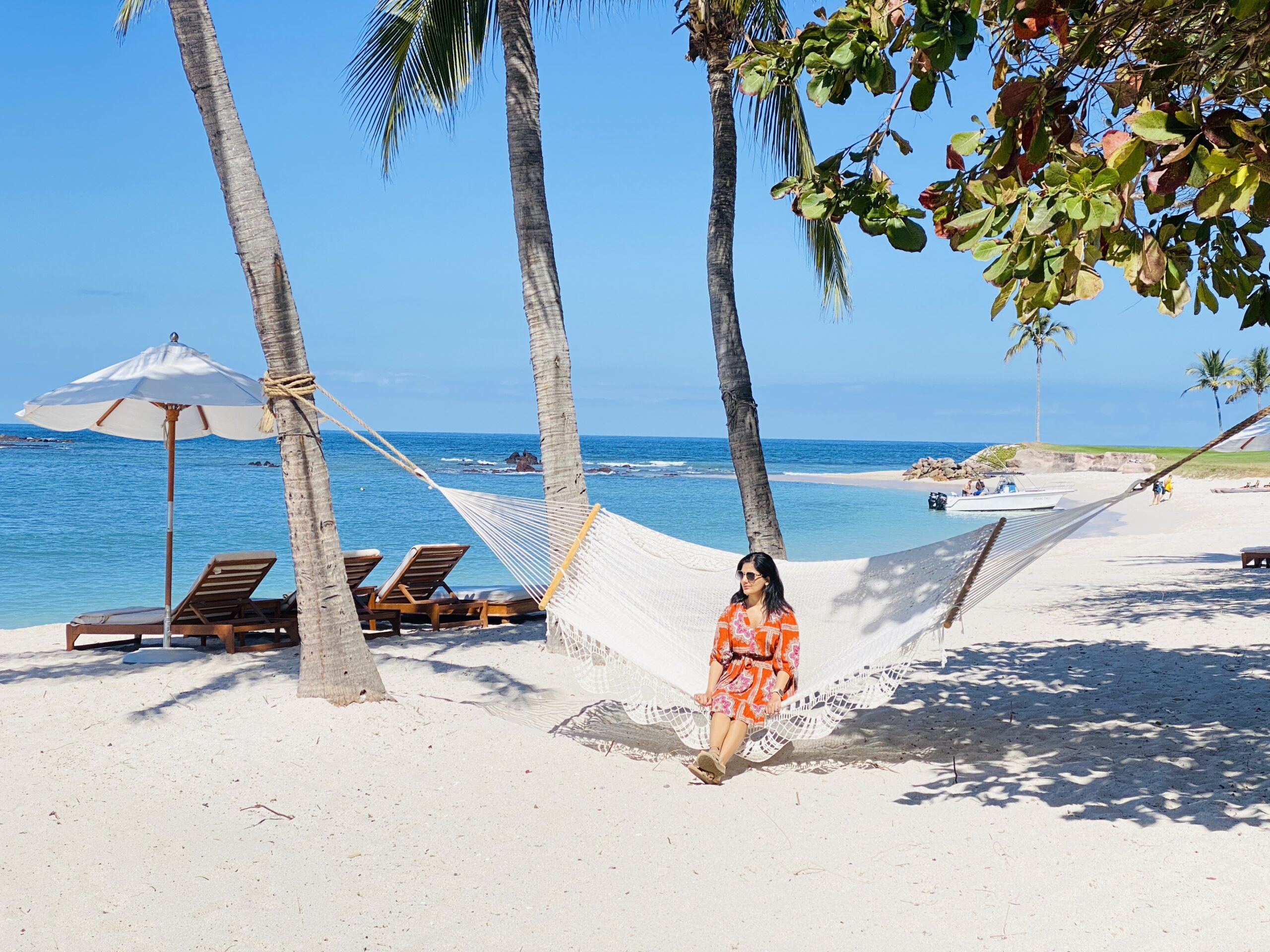
Have you heard of Cabo and Cancun, but don’t care for the 20-something party scene? Here’s an alternate beach destination for you in Mexico that offers character, luxury and nature. With a number of upscale resorts, pristine beaches, and a new airlift into Puerto Vallarta, Riviera Nayarit is positioning itself as a new capital of […]
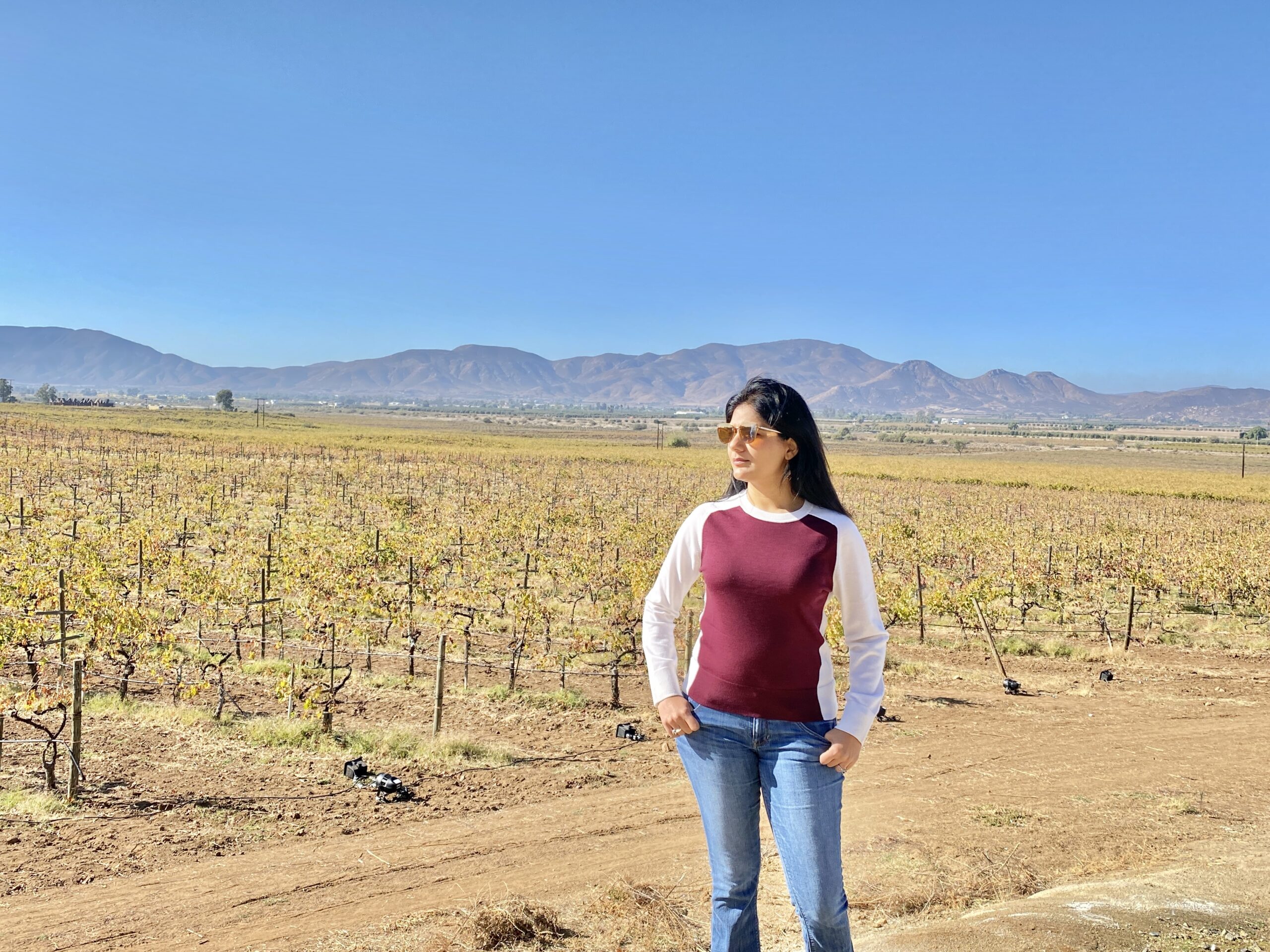
You may have heard of Napa Valley Wine Train or the upscale Sonoma Valley in California. But what if I told you that you can get a similar wine country and fine dining experience at a fraction of the price just south of the border? “Valle De Guadalupe” is an affordable upcoming wine valley of […]
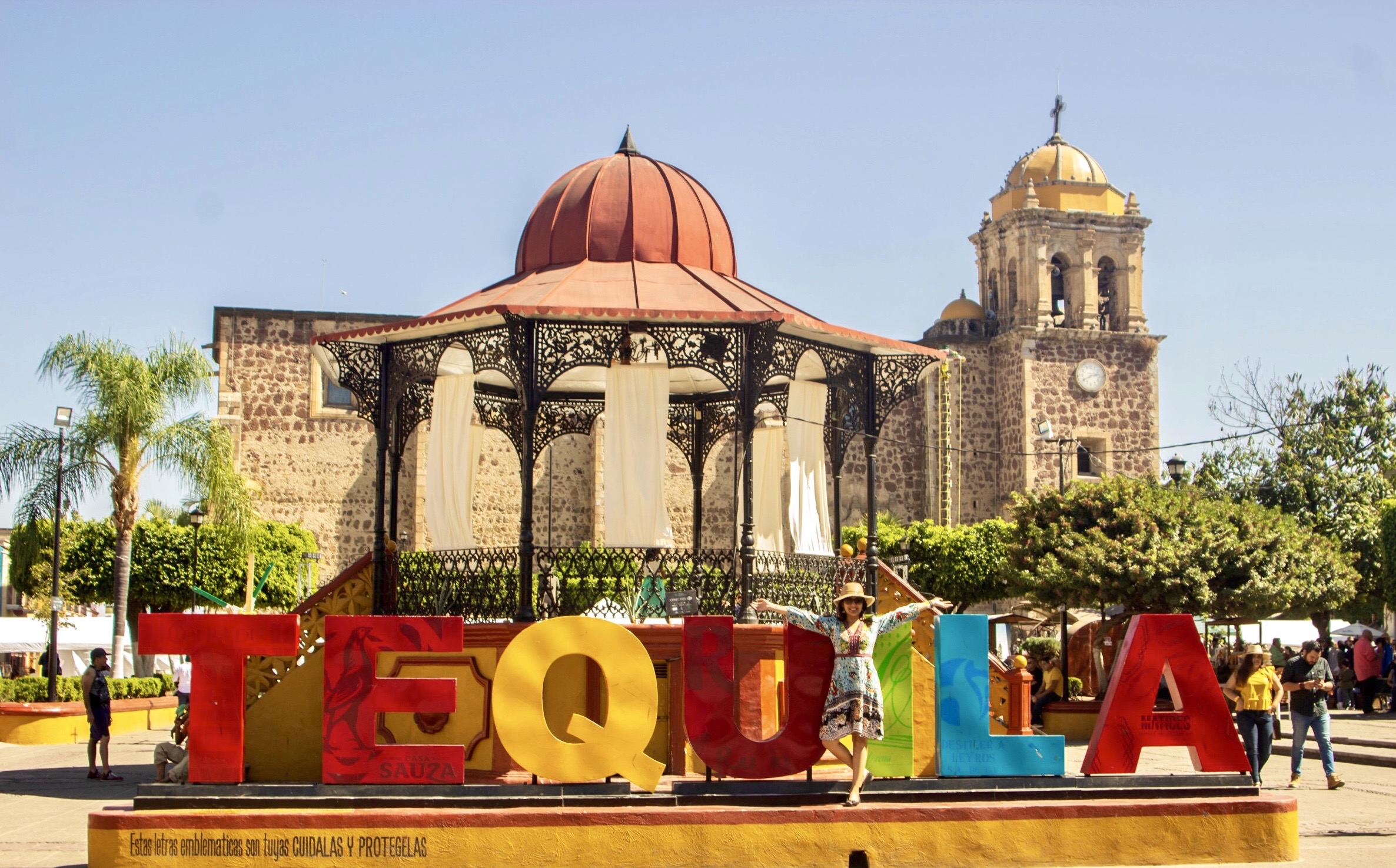
National Tequila Day is on July 24. As you enjoy this popular spirit neat or mixed in your margaritas, perhaps you would curious about its origin. Last year, I took a trip to Tequila Town, Mexico – the birthplace of tequila, and learned firsthand about the art of making, drinking and using by-products of tequila. […]
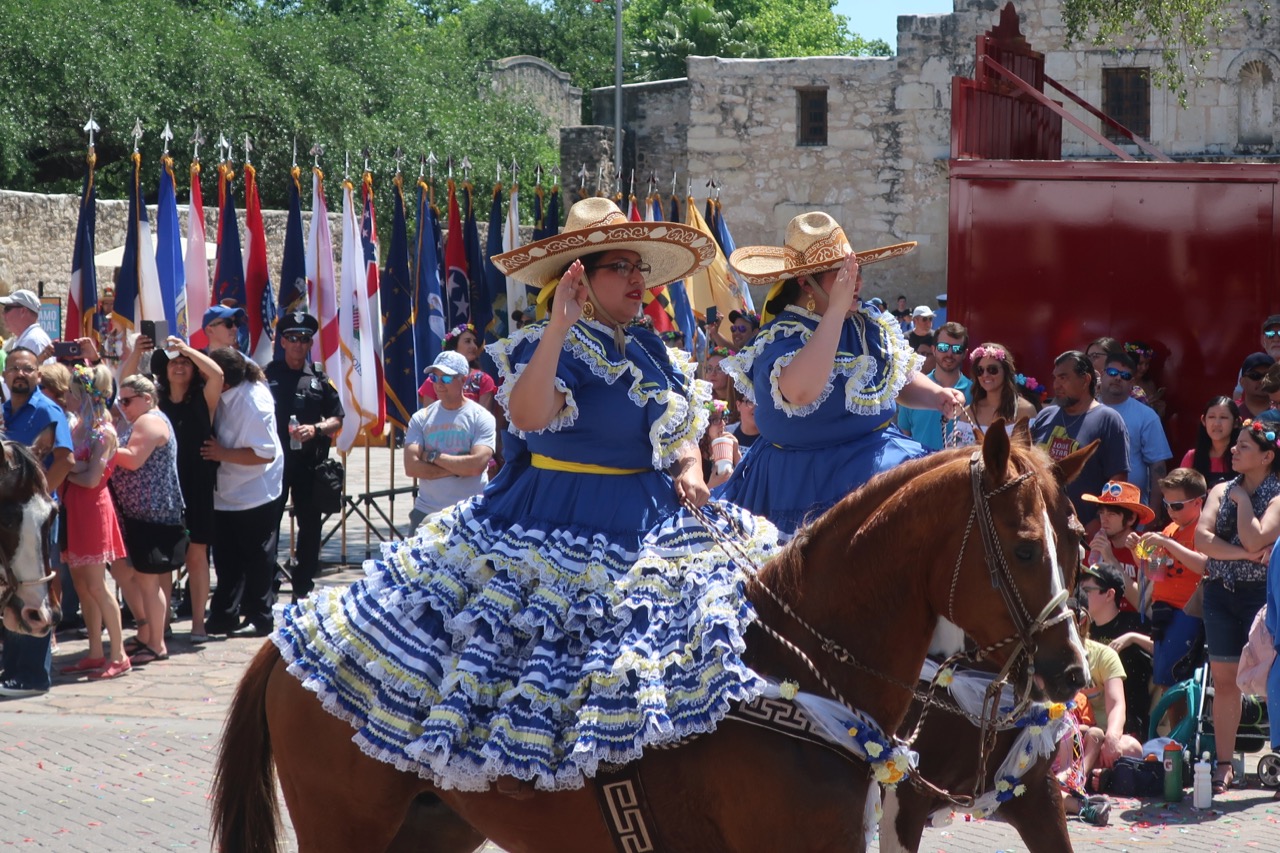
History, culture and food makes this 300-year old city a great place to indulge in Spanish culture in the US.
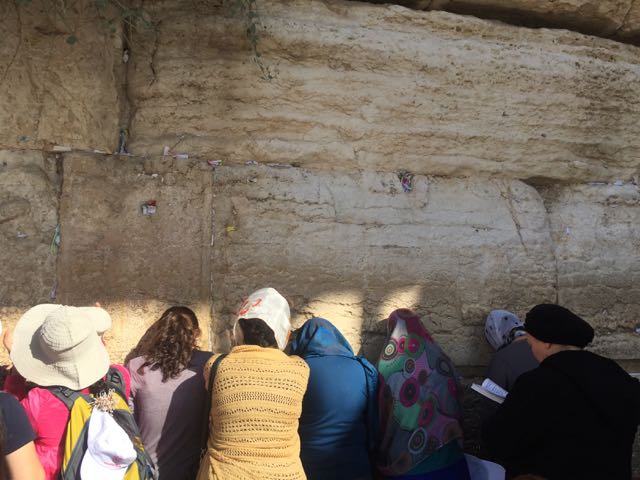
Each year-end I take some time to reflect back at what all I accomplished, where all I traveled to, and most importantly, what I learned from those travels. I sincerely believe that travel is the best educator. Through experiences, you not only learn about other countries and cultures, but also about yourself. You acquire skills […]
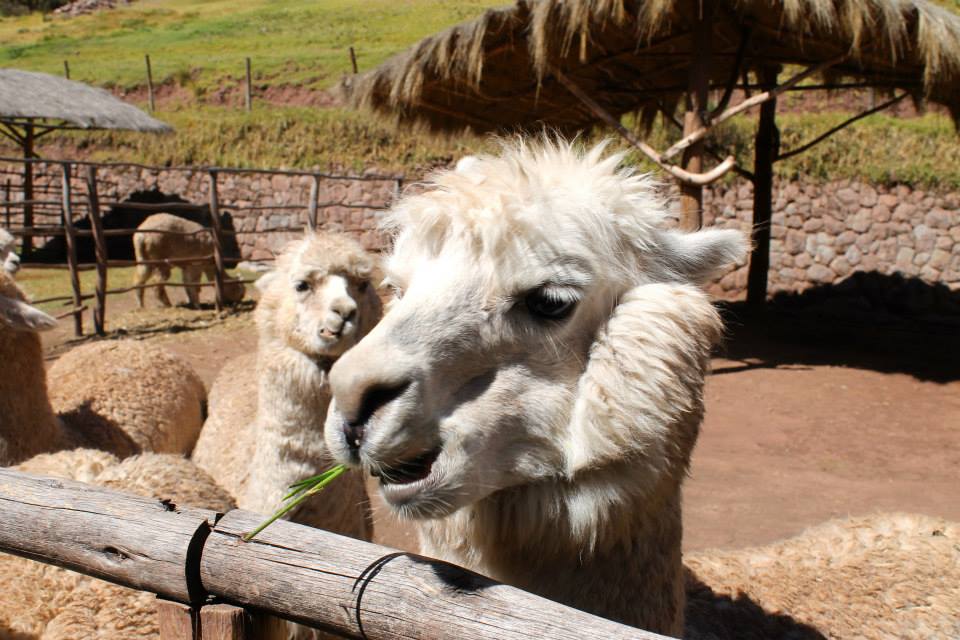
Snorkel with Whale Sharks in Cancun Fulfill your family’s ultimate once-in-a-lifetime bucket list adventure by taking a dip with whale sharks – the biggest (and most friendly) fish in the world! From May to September, families staying at sister properties CasaMagna Marriott Cancun Resort and JW Marriott Cancun Resort & Spa can embark by boat […]
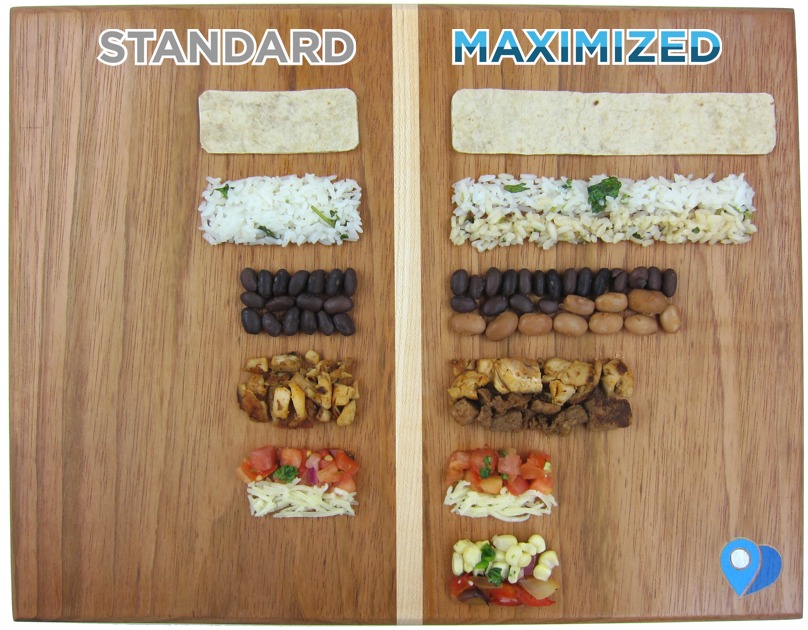
It’s basically a universal truth that the only thing better than Chipotle is…more Chipotle. I’m no religious scholar, but I’m pretty sure heaven is just one big Chipotle restaurant where the guac and chips are ALWAYS free and hell is just some Taco Bell. So when one of my co-workers at Apartment List brought up the question […]
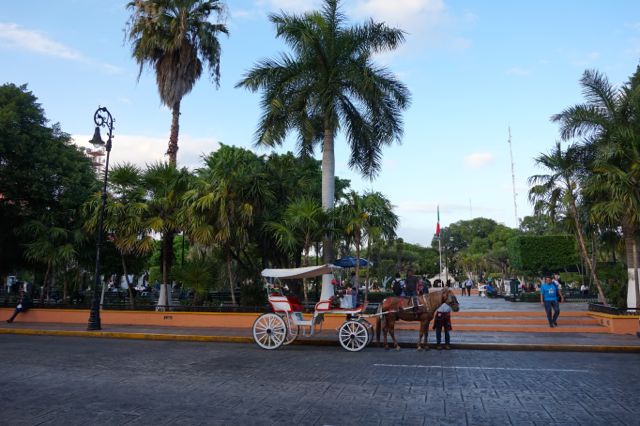
If you have visited the eastern part of Mexico, you may be familiar with the beach towns of Cancun, Playa del Carmen and Cozumel. Inland the state of Yucatan, is a magical city called, Mérida. With a population of 828,000 (2010 census), Merida is the capital of Yucatán, and a cosmopolitan hub of the region. It is […]

During my recent visit to the colonial city of Velladolid in the state of Yucatan, Mexico, I had the privilege of visiting John Venator at his home. Venator is a retired American executive who fell in love with Mexico few years ago. He visited the Yucatan area with his wife on vacation, and eventually made […]

The beautiful city of San Diego, California is located only a few miles north of the Mexico border. In fact, I was driving on Interstate 5 and noticed highway signs that read “Mexico exit is coming up.” My plan was to drive to the end of the US border, park my car at San Ysidro […]
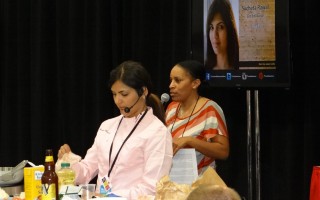
If you missed my presentation at Taste of Travel stage at the San Diego Travel Adventure Show, you didn’t get to taste my delicious paella. But all is not lost. You can still watch some clips from the show and follow along the recipe below. Paella is a rice based dish that was invented in […]
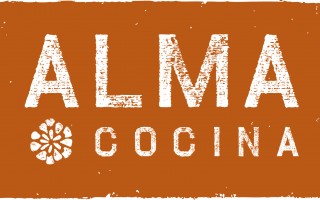
On Saturday, April 25th, Atlanta based Latin Contemporary restaurant, Alma Cocina will host “Dine Out for Go Eat Give.” Which means 20% of all dinner proceeds that day will go to Atlanta based nonprofit, Go Eat Give.

Cinco de Mayo is over now but if you still have some craving for Mexican food, here is a very special recipe for you. Created by Chef Paulina Suarez from Solario restaurant at the Gaylord Opryland in Nashville, this dish is authentic to her homeland. It is very different from a Spanish paella, which you […]
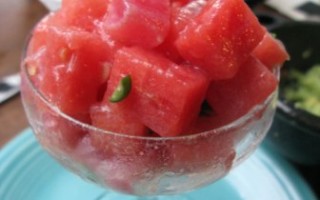
After it’s grand opening last weekend, everyone is talking about the newest hot spot in town. Located on Peachtree St, close to the Fox Theater, Escorpion Tequila Bar and Cantina is trendy, young and eclectic. The place where Escorpion houses now has seen a few change of hands over the years. Owner Riccardo Ullio already […]

Having a Cinco de Mayo party at home can actually be quite fun. Whether you are hosting a few people or a large crowd, these easy to do ideas will make your event a big hit. As with any themed party, you must plan ahead of time to create the right mix of ambience, food […]